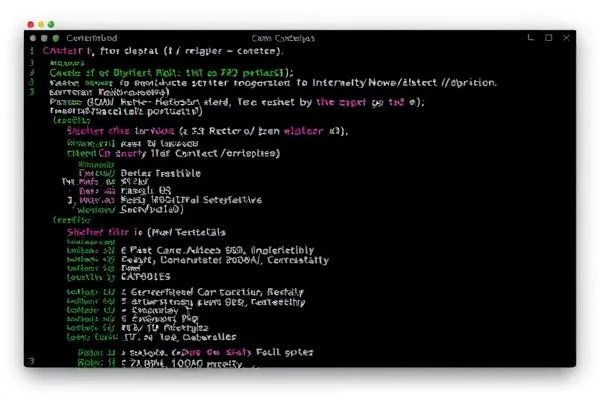Pentesting iOS apps is a critical process that ensures the security and robustness of mobile applications. As mobile applications play an essential role in both personal and business environments, it becomes vital to protect sensitive user data. This blog will guide you through the essential steps involved in pentesting iOS apps, focusing on network resilience, and performance and stress testing.
Table of Contents
- What is Pentesting for iOS Apps?
- Testing for Network Resilience
- Performance and Stress Testing
- Conclusion
What is Pentesting for iOS Apps?
Pentesting, or penetration testing, for iOS apps is the process of identifying vulnerabilities within the app that attackers could exploit. By simulating real-world attacks, pentesters can discover potential weaknesses in the code, application logic, and server-side integrations. Pentesting iOS apps focuses on:
- Data Encryption: Testing how the app stores and transmits sensitive user data.
- Authentication Mechanisms: Verifying that user authentication is robust and cannot be bypassed.
- Code Security: Ensuring the app’s codebase is secure against common vulnerabilities, such as buffer overflows and insecure storage.
The goal of pentesting is to make sure that the iOS app is resilient against hacking attempts, and to provide recommendations on how to fix any identified issues.
Testing for Network Resilience
In addition to pentesting iOS apps’ internal security, testers also focus on network resilience. Network resilience involves evaluating how well the app withstands attacks on the data being transmitted over the network. This includes testing against:
- Man-in-the-Middle (MITM) Attacks: Checking whether attackers can intercept and manipulate network traffic between the app and its server.
- SSL/TLS Implementations: Verifying that secure network protocols are properly configured to protect user data in transit.
Ensuring network resilience is essential, as even the most secure app can be compromised if its network communication is vulnerable to interception.
Performance and Stress Testing
Another key aspect of pentesting iOS apps is conducting performance and stress testing. Performance testing evaluates how the app handles normal usage conditions, while stress testing assesses the app’s behavior under extreme conditions, such as a high volume of users or network congestion. Pentesters analyze:
- Response Time: Measuring how quickly the app responds to user requests during peak usage.
- Resource Usage: Monitoring the app’s CPU, memory, and battery consumption to ensure it doesn’t degrade device performance.
- Crash Resilience: Testing whether the app can gracefully handle unexpected inputs or conditions without crashing.
By performing these tests, pentesters help developers optimize the app for scalability and reliability, ensuring a smooth user experience even under stress.
Conclusion
Pentesting iOS apps involves thorough testing of the app’s security, network resilience, and performance. Through regular penetration testing, developers can identify and patch vulnerabilities before they are exploited by attackers. By focusing on key areas such as data encryption, network resilience, and performance testing, you can ensure that your iOS app provides a secure, seamless experience for users.
Glossary
- Pentesting: Short for penetration testing, a process used to find and exploit vulnerabilities in software to assess security.
- Network Resilience: The ability of an app or network to withstand cyberattacks, particularly those targeting data transmission.
- Performance Testing: Evaluating the responsiveness and stability of an app under normal usage conditions.
- Stress Testing: Testing how an app performs under extreme conditions to identify potential weaknesses.
- Man-in-the-Middle (MITM) Attack: A type of cyberattack where a malicious actor intercepts and alters communication between two parties.









